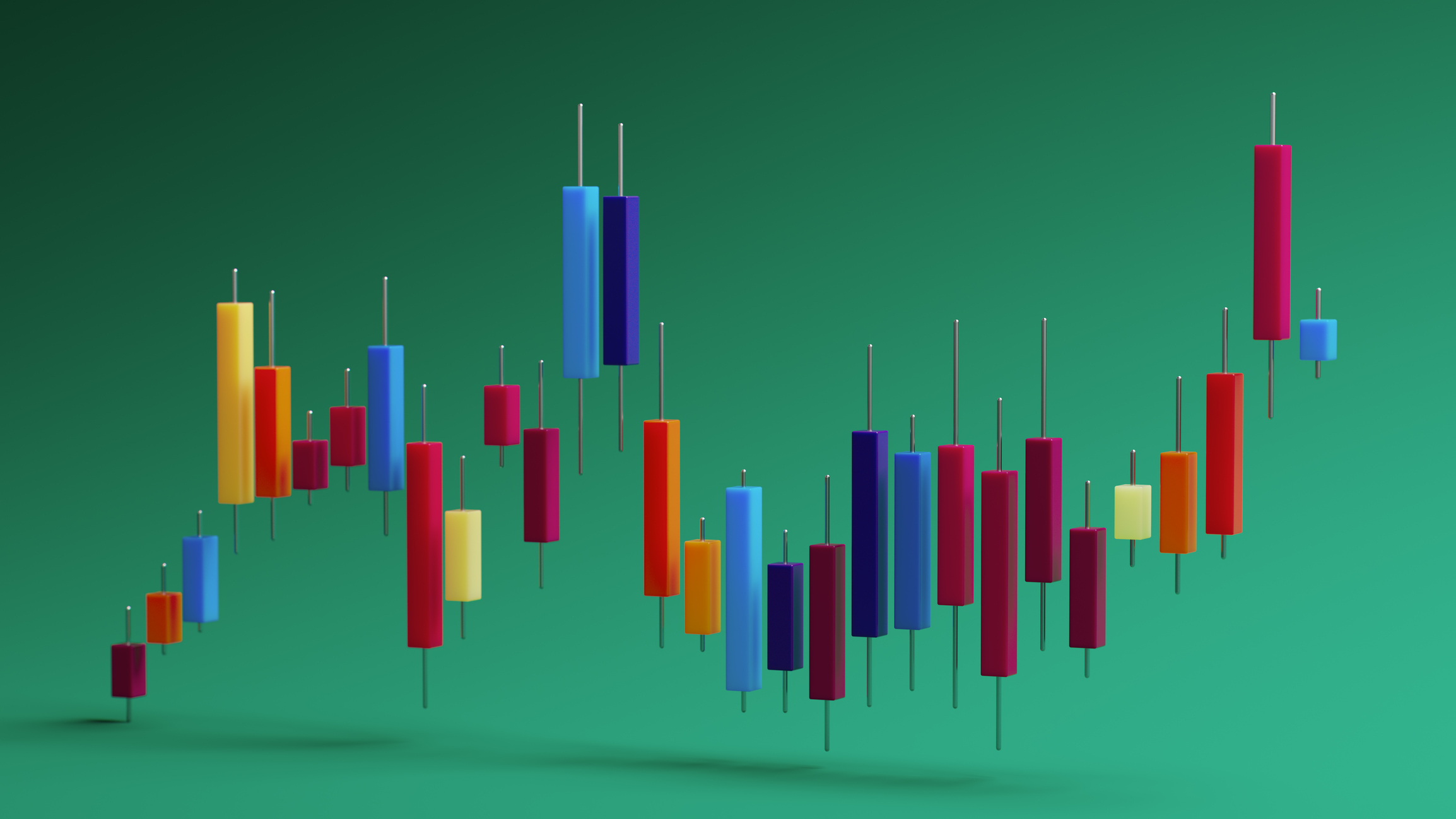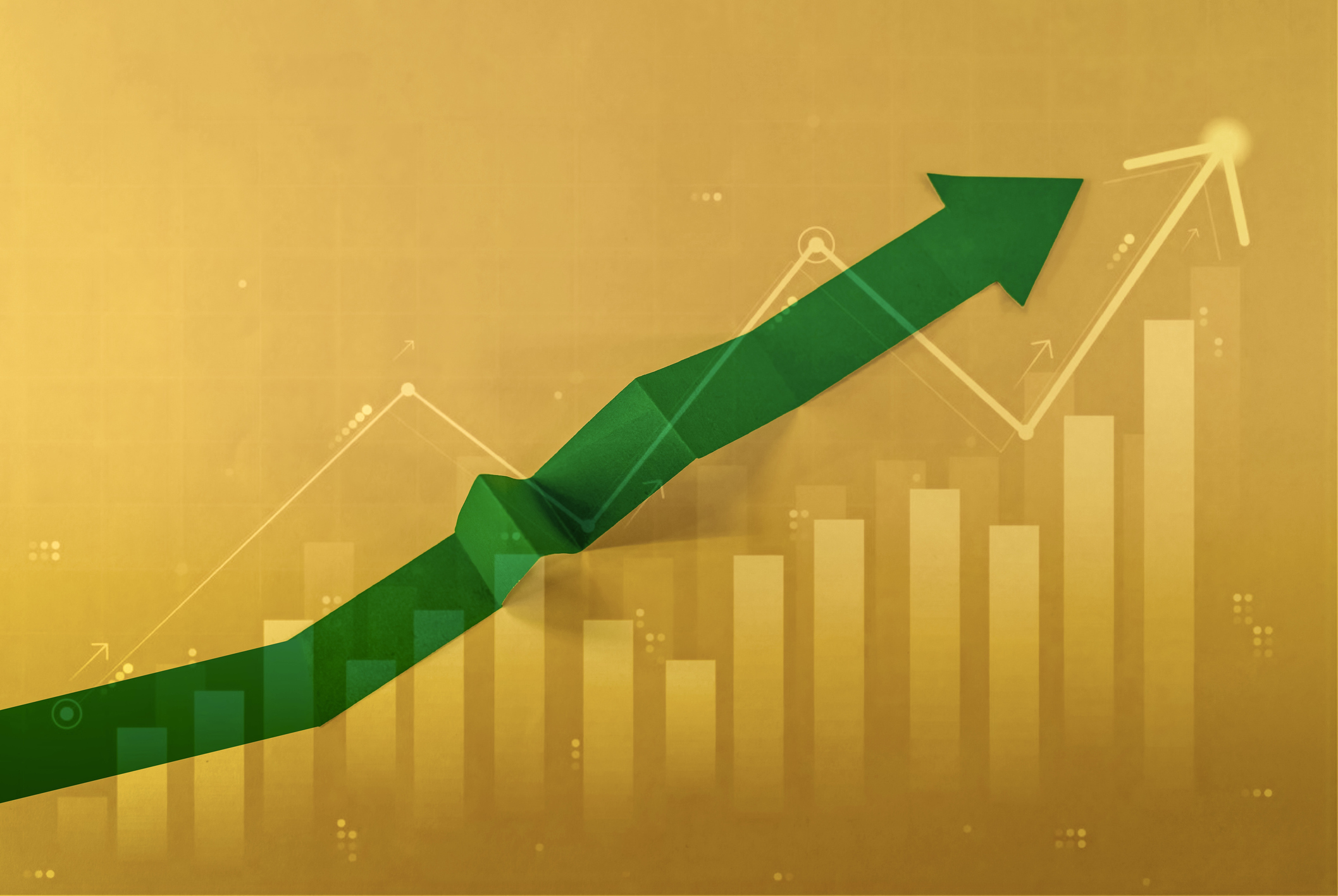What’s the Right Price to Pay for Amazon's Stock?
The e-commerce giant’s shares continue to defy gravity even though consistent profit growth has long eluded the company.

On February 9, during the stock market’s early-2016 slump, shares of Amazon.com (symbol AMZN) closed at $482.07. The next day Kiplinger’s recommended Amazon in Best FANG Stocks to Buy Before They Rebound. In just four months since the stock hit bottom, Amazon shares have surged 51%, to $726.64, giving the Internet retailing giant a market capitalization of $343 billion, or 55% more than the market cap of Wal-Mart Stores (WMT), the world’s largest brick-and-mortar chain, even though Wal-Mart’s sales are more than four times greater than Amazon’s.
Then again, you shouldn’t beat yourself up for passing on the February fire sale. After all, Amazon, a company that has lost money in two of the past four calendar years, is an enigma for investors. Although Amazon continues to grow rapidly—analysts expect revenues to expand at a 20% annual clip through 2018—does a company that has so much trouble keeping its bottom line in the black really deserve to trade at 110 times estimated year-ahead earnings?
Even in good years, Amazon isn’t particularly profitable. In 2015 the company’s operating margin (operating income dividend by revenue) was just 2.1%—and that paltry figure marked a five-year high. To some extent, low profit margins are inherent when running a retail business that competes aggressively on price. But Amazon’s margins also reflect its big-picture strategy of making enormous investments in order to quickly claim territory in the rapidly expanding landscapes of e-commerce and cloud computing. In 2014, for example, Amazon lost $0.52 a share as it made big expenditures on media content, new warehouses and Fire TV, Amazon’s box-top streaming device. That year the company also cut prices for its cloud-computing customers to win market share.
From just $107.88 $24.99 for Kiplinger Personal Finance
Become a smarter, better informed investor. Subscribe from just $107.88 $24.99, plus get up to 4 Special Issues

Sign up for Kiplinger’s Free Newsletters
Profit and prosper with the best of expert advice on investing, taxes, retirement, personal finance and more - straight to your e-mail.
Profit and prosper with the best of expert advice - straight to your e-mail.
And yet, however much Amazon’s results may infuriate investors, its growth prospects never fail to dazzle. Plenty of growth potential certainly remains for the core retail business, where Amazon continues to win business away from traditional retailers. For example, Amazon Prime membership—a linchpin for future growth because Prime members spend much more than other customers—expanded by 51% in 2015 from the previous year. But the juiciest growth potential lies at Amazon Web Services (AWS), the cloud-computing business. “You can get starry-eyed” thinking about AWS’s growth prospects, says Justin White, manager of T. Rowe Price New America Growth, which at last report had 9% of its assets in Amazon shares.
Amazon is the undisputed market leader in cloud computing, in which sellers provide infrastructure or computing platforms as a service to customers, and customers access their data, storage and servers over the Internet. White says it can be difficult to get a grasp on exactly how large the market is or exactly how fast it’s growing, because many companies claim to offer cloud-computing services but instead really sell software or other ancillary products.
But AWS’s results tell a clear story: Business is booming. The unit’s first-quarter operating earnings of $604 million were more than three times greater than profits in the same period a year earlier. Moreover, AWS’s first-quarter operating profit margin of 23.5% provided a welcome lift to Amazon’s overall margin.
It could be that AWS is the profit machine that will finally propel the company to consistent earnings growth. There are also reasons to believe the core retail business is turning a corner on profitability, as investments in logistics and infrastructure start to pay off. Amazon has been investing in new fulfillment centers—so far in 2016 it has announced plans for 10 new centers in the U.S.—which reduces shipping costs. In March, Amazon inaugurated its own air fleet, with a deal to lease 20 Boeing 767s, a move that should further reduce shipping costs as the company is able to rely less on outside carriers such as United Parcel Service. And almost 50% of units sold on the Amazon marketplace now come from third parties, which should provide a boost as such sales are typically more profitable than in-house sales, says Victor Anthony, an analyst with Axiom Capital Management, an investment-banking firm based in New York City. Putting all those and other positive factors together, Anthony believes the core retail business could achieve double-digit-percentage profit margins within the next two years.
However, even if profits march steadily upward from now on, valuing the company on a price-earnings basis still looks Pollyannaish. Analysts on average expect earnings per share to grow by a sturdy 56% per year through 2018. But even comparing Amazon’s current stock price against estimated 2018 earnings of $16.66 per share yields a P/E ratio of 44. And of course, estimating earnings several years in advance is especially tricky for a company with a bottom line as hard to predict as Amazon’s.
[page break]
Chief executive officer Jeff Bezos has said that instead of profits he prefers to focus on free cash flow, a measure of how much cash the business generates after accounting for capital expenditures, because “that’s something that investors can spend.” So, perhaps investors trying to value the company should do the same. R. J. Hottovy, an analyst with Morningstar, uses a projection of Amazon’s future free cash flow to arrive at a current fair value estimate of $800 per share. Hottovy’s price tag rests on the assumption that companywide operating margins could expand to 7.6% over the next five years—a more conservative, but possibly more realistic assessment than Anthony’s outlook—factoring in cost savings at the retail business and continued growth at AWS.
On Hottovy’s estimate Amazon is about 10% undervalued. Buying the stock at today’s price thus provides some margin of safety. But that margin could prove too thin if profits were to take a sudden nosedive, which might happen if Amazon were to turn on the spending spigot again. If that were to occur, frustrated investors could punish the stock.
On the other hand, in a few years $800 may look like a bargain. White believes the stock could reach $2,000 in the next four to five years as AWS grows to be even more valuable than the core retail business. That said, he doesn’t think the road to $2,000 will necessarily be a smooth one. “This is the type of stock that you buy and don’t think about,” White says. “Own it for the next 10 to 20 years.”
Bezos would agree. As he put it in a now-famous 1997 letter to shareholders, “It’s all about the long term.”
Profit and prosper with the best of Kiplinger's advice on investing, taxes, retirement, personal finance and much more. Delivered daily. Enter your email in the box and click Sign Me Up.

-
 10 Cheapest Places to Live in Washington
10 Cheapest Places to Live in WashingtonProperty Tax Is Washington your go-to ski destination? These counties combine no income tax with the lowest property tax bills in the state.
-
 Healthy to 100: Secrets from Countries Where Retirees Age Best
Healthy to 100: Secrets from Countries Where Retirees Age BestLongevity is a team sport, according to author Ken Stern. Here's the secret sauce for living long, healthy lives from countries like Italy and Japan.
-
 My First $1 Million: Semiretired CPA, 68, San Francisco
My First $1 Million: Semiretired CPA, 68, San FranciscoEver wonder how someone who's made a million dollars or more did it? Kiplinger's My First $1 Million series uncovers the answers.
-
 Stocks Struggle for Gains to Start 2026: Stock Market Today
Stocks Struggle for Gains to Start 2026: Stock Market TodayIt's not quite the end of the world as we know it, but Warren Buffett is no longer the CEO of Berkshire Hathaway.
-
 If You'd Put $1,000 Into Lowe's Stock 20 Years Ago, Here's What You'd Have Today
If You'd Put $1,000 Into Lowe's Stock 20 Years Ago, Here's What You'd Have TodayLowe's stock has delivered disappointing returns recently, but it's been a great holding for truly patient investors.
-
 Stocks Extend Losing Streak After Fed Minutes: Stock Market Today
Stocks Extend Losing Streak After Fed Minutes: Stock Market TodayThe Santa Claus Rally is officially at risk after the S&P 500's third straight loss.
-
 If You'd Put $1,000 Into 3M Stock 20 Years Ago, Here's What You'd Have Today
If You'd Put $1,000 Into 3M Stock 20 Years Ago, Here's What You'd Have TodayMMM stock has been a pit of despair for truly long-term shareholders.
-
 Santa Claus Rally at Risk as Tech Stocks Slump: Stock Market Today
Santa Claus Rally at Risk as Tech Stocks Slump: Stock Market TodayThe Nasdaq Composite and Dow Jones Industrial Average led today's declines as investors took profits on high-flying tech stocks.
-
 Cooler Inflation Supports a Relief Rally: Stock Market Today
Cooler Inflation Supports a Relief Rally: Stock Market TodayInvestors, traders and speculators welcome much-better-than-hoped-for core CPI data on top of optimism-renewing AI earnings.
-
 AI Stocks Lead Nasdaq's 398-Point Nosedive: Stock Market Today
AI Stocks Lead Nasdaq's 398-Point Nosedive: Stock Market TodayThe major stock market indexes do not yet reflect the bullish tendencies of sector rotation and broadening participation.
-
 Stocks Bounce Back With Tech-Led Gains: Stock Market Today
Stocks Bounce Back With Tech-Led Gains: Stock Market TodayEarnings and guidance from tech stocks and an old-school industrial lifted all three main U.S. equity indexes back into positive territory.